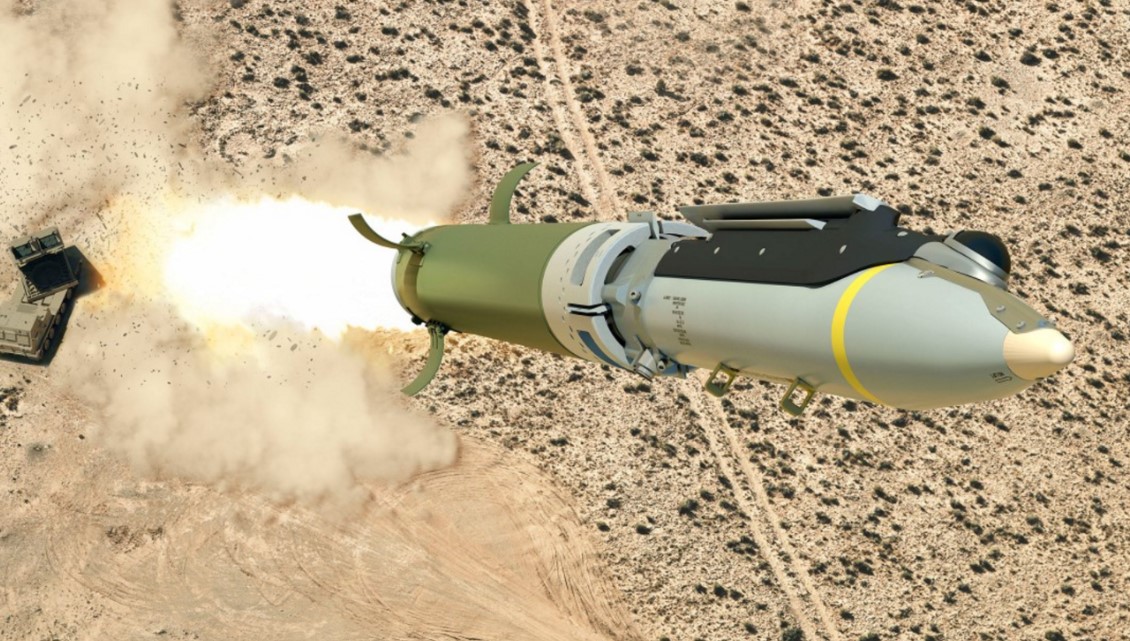2094Views 0Comments

Saab and Boeing Successfully Test Fire GLSDB
On 14 October 20019, Saab and Boeing announced that they successfully test-fired the Ground-Launched Small Diameter Bomb (GLSDB) in Norway.
The test was conducted on 26 September 2019 against a target 130 km away from the GLSDB’s launcher, which was a “custom made, fully autonomous, 20 foot container.”
The GLSDB is essentially a GBU-39 Small Diameter Bomb (SDB) – i.e., a 250 lb or 110 kg precision-guided glide bomb (PGB) – integrated to a ground-launched rocket.
Thus, the GLSDB provides the end-user with the capability to undertake precision-guided strikes with a land-based system, including a Multiple Launch Rocket System (MLRS). In fact, Saab and Boeing test-fired the GLSDB using an M26 rocket, which is a legacy 32 km-range rocket that is part of the M270 MLRS.
The primary benefit of the GLSDB is that offers a stand-off range, precision-strike capability that was only available through the use of aircraft, but from the surface, including land and sea-based launchers.
So, as an example, a land-based force need not call for air support if they identify a valuable target, they can proceed to strike it (albeit within the GLSDB’s range) at-will.
Like its air-launched variant, the GLSDB relies on satellite-aided (GPS) navigation; but it is also available with a semi-active laser-homing kit as well. Likewise, the GLSDB can engage from any point (360-degree coverage), including high and low angles of attack. It can also fly around varied terrain to reach its target.
Saab states that the GLSDB offers a maximum range of 150 km. If deployed through a M270 High Mobility Artillery Rocket System (HIMARS), the end-user can deploy each M270 with up to six GLSDBs.
Saab and Boeing’s primary focus is to reportedly find an international customer for the GLSDB. The two companies are touting the GLSDB as a low-cost solution, one that could appeal to militaries with limited airpower assets for precision-strike missions.


